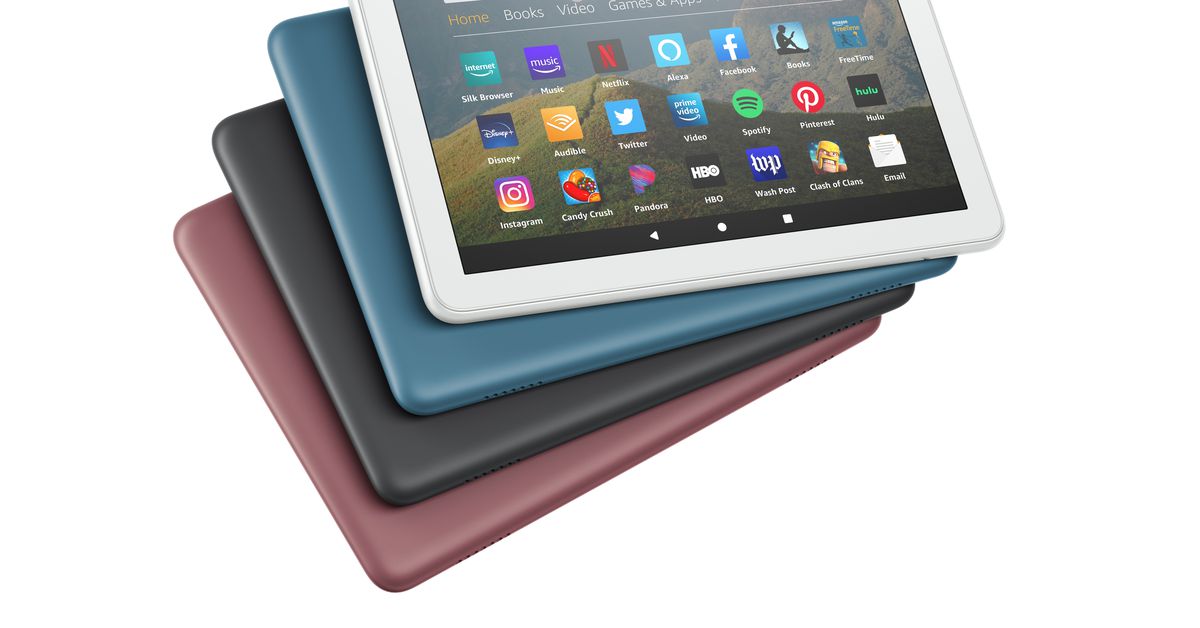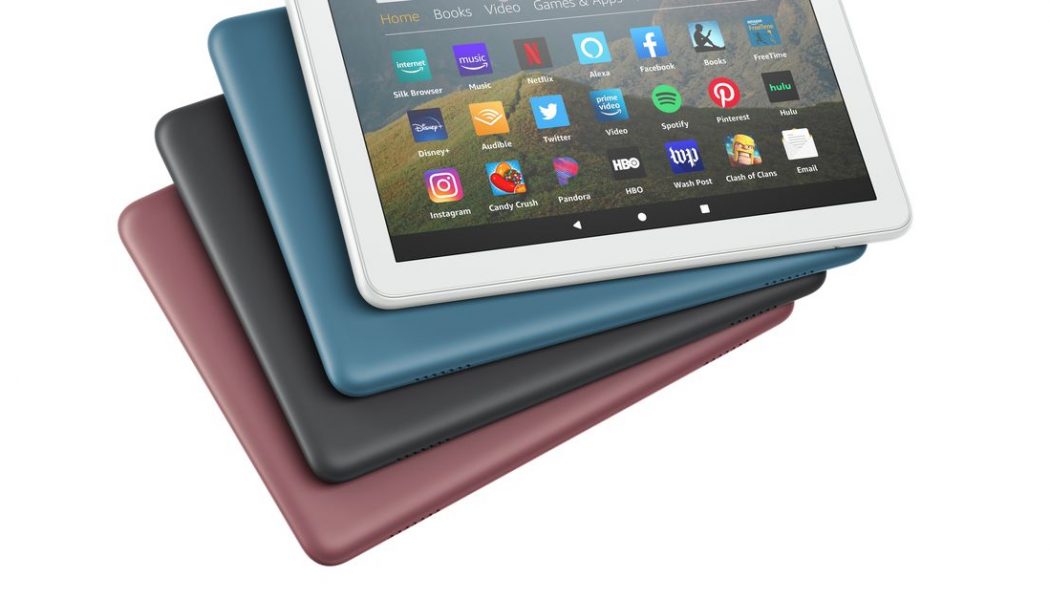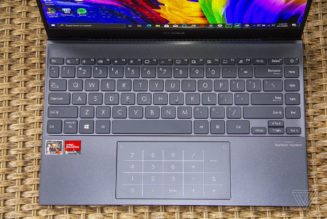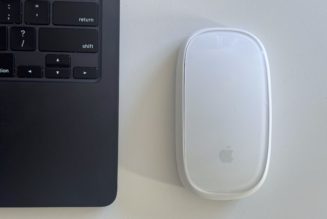
A tale of two hardware divisions.
Google, as reported by The Information, suffers with operational chaos that is as bizarre as it is inept. Hardware boss Rick Osterloh reportedly held a meeting where he tells everybody “he did not agree with some of the decisions made about the phone” — are these decisions not things he himself is in charge of? The visionary who made the Pixel’s excellent camera what it is quietly leaves, while the man in charge of Pixel hardware overall is shuffled off to a strange job before leaving entirely. Woof.
At Amazon, a few new, iterative updates to its Fire HD tablets. No fanfare and nothing to get really excited about — but also zero drama. Only Amazon, Samsung, and Huawei seem to really still keep trying to make Android tablets. And I bet only Amazon has a clear business case for them. It’s sort of stunning to sit and think how dominant Android phones are worldwide and yet how badly the OS has fared on tablets. In the US, truly only Amazon even bothers.
Both Amazon and Google run businesses that make gobs of money from things that have nothing at all to do with making gadgets. And yet, each company thinks it’s important to produce consumer electronics. Why?
Amazon doesn’t make a smartphone — after the Fire Phone debacle, it’s hard to blame the company. But it does make a bunch of stuff in categories where the competition is less fierce or where Amazon can more easily make some money without anybody getting in a tizzy about how successful (or not) it is. It invented the smart speaker market, it makes cheap earbuds, it makes smart cameras and Wi-Fi routers.
With so many commodity parts for Android phones around, those Fire tablets are probably way cheaper and easier to make than you might think. And since nobody’s bothering to make Android tablets now that phones are so big, there’s not much competition. And people who buy Fire HD tablets are more likely to use Amazon’s other services.
We all know the score with Amazon products: they’re made in part to keep you in Amazon’s ecosystem. A lot of the first iterations of Amazon’s hardware look kind of junky: the first Echo, Echo Auto, the Echo Show, and even the very first Kindle looked like internal prototypes the company decided to just up and release. Refinement only comes later, after the market is proven. (Every now and then Amazon proves it can make something lovely on the first try, as with the Echo Studio.)
Point is: nobody stresses about Amazon hardware (unless it involves Ring cameras and the social issues they raise). We know what Amazon hardware is for. It’s there to support Amazon’s content services: Prime Video and Kindle and Alexa and the retail store itself. Amazon’s hardware gilds the lily, and the lily is made out of money.
But Google’s hardware inspires more angst. A big part of it is simply that the company that literally makes Android seems incapable of creating a successful Android phone. Its Wi-Fi product does well and its smart speakers are fine. Nest, though, hoo that was a wild ride there for a minute and it only recently settled (mostly).
Fundamentally, it’s too hard to explain what Google hardware is for. It used to be that you could say that it was for platform experimentation. You couldn’t build Android right without new stuff to test new versions on, so Google built Nexus. It wanted to take a shot at TVs again, so it made Chromecast on what felt like a lark to see if it worked.
But now, when you ask its executives (and I have), they’ll tell you hardware is intended to become a real profit center, a real business. In theory, that makes sense. Diversifying its incoming revenue streams is nearly an existential need for Google. Amazon has several ways to make lots of money and its hardware products participate in a virtuous cycle with some of them. Google has advertising.
But in practice, it’s hard to think that Google is really that serious about it all. Google will tell you to stop calling it a hobby, but it’s hard not to. We’re rolling up to the release of the sixth Pixel phone, the Pixel 4A. We’re also less than a year away from the five-year anniversary of the creation of Google’s hardware division. If Google were serious, you’d think we’d have seen serious phone sales by now.
What is Google hardware for?
Hardware isn’t existentially important to either Amazon or Google, but it feels more existential for Google simply because its successes and failures cut more closely to the core of what Google aspires to be. It aspires to be directly “helpful” with the Google Assistant and various other assorted services. And its hardware is mostly a vehicle to showcase that AI.
When it’s not on a website, most people’s experiences of Google are mediated in some way. They happen on Dell laptops or Apple tablets or Samsung phones. If I had to say what I think Google hardware is mostly for now, I’d say that deep down Google knows that mediation is a huge problem.
The cynical take is that Google is hedging its bets by keeping a hardware division at a subsistence level just in case it needs to ramp it up quickly if one of those other companies decides to cut it off. The charitable take is that Google wants to make sure the best possible experience is at least an option for people who want it.
The cynical and charitable takes aren’t mutually exclusive.
Sony speaks softly and carries a big PS5
┏ PlayStation 5 still on track for holiday 2020 release, says Sony
┏ Epic CEO Tim Sweeney says the PS5 is so impressive it’s ‘going to help drive future PCs’. He is very impressed. When I first saw reports of fast storage, I thought it was just about faster load times. It’s clearly about so much more.
“We’ve been working super close with Sony for quite a long time on storage,” he says. “The storage architecture on the PS5 is far ahead of anything you can buy on anything on PC for any amount of money right now. It’s going to help drive future PCs. [The PC market is] going to see this thing ship and say, ‘Oh wow, SSDs are going to need to catch up with this.”
┏ Epic Games announces Unreal Engine 5 with stunning PlayStation 5 demo. Watch this. I am not joking. I am not lightly suggesting. This has the potential to be transformative for indie games, not just AAA titles, as Jon Porter pointed out. Unreal Engine is accessible and widely used.
I haven’t been this hyped by a “look at the pretty graphics” video in a very, very long time.
┏ Sony says ‘wait for PS5 sales’ before comparing it to Microsoft’s Xbox marketing. With graphics like Epic showed yesterday, you can’t blame Sony for being so confident.
Gadget news
┏ Apple 13-inch MacBook Pro (2020) review: return to baseline
┏ Dell launches new XPS 17 and redesigned XPS 15 with 16:10 edge-to-edge displays. This is a huge update for a fairly popular machine. Those displays are something else, too! I brought this up in my 13-inch MacBook Pro review but it bears repeating: Apple’s historical strengths — screen and battery life — are not looking that strong compared to the competition right now.
┏ The Alienware Area-51m’s upgradable dream has failed in just one year. Modular gadgets are super super hard to get right and almost always fail, part 932.
The Area-51m was supposed to offer the best parts of desktop gaming PCs and portable gaming laptops in a single device. Instead, with its hefty price tag and limited upgradability, it’s ended up as a series of compromises that emphasize the worst limitations of both categories.
┏ Donald Trump extends Huawei ban through May 2021. Looks like Huawei is going to have to keep selling that P30 Pro for quite a while.
┏ GM kills its electric bike project, Ariv. Well this is a bummer.
More from The Verge
┏ Tesla reopens Nevada Gigafactory after bringing California car plant back online. Big scoop from Sean O’Kane.
┏ The doomsday bunker market is thriving amid the coronavirus pandemic. Good story from Zoe Schiffer. None of this is remotely rational behavior.
┏ An out-of-control Chinese rocket may have dumped debris in Africa after falling from space. Scary! Loren Grush has the details:
At 21 metric tons, the core of the Long March 5B is way more massive than the 8-metric-ton Chinese space station Tiangong-1 that careened to Earth in 2018. In fact, the Long March 5B is the fifth most massive object to make an uncontrolled descent to Earth, according to McDowell. “This is the heaviest object to make an uncontrolled reentry since 1991,” he claims
┏ How the novel coronavirus is speeding the scooter apocalypse. Andrew Hawkins reports:
“The big scooter companies are losing so much money right now,” said Courtney Ehrlichman, former deputy executive director of Carnegie Mellon University’s mobility research institute. “They’re just trying to hold their pants on. I don’t see them being really strategic. And who’s gonna throw money in to do that right now?”
┏ How public arts funding helps developers make unique, more diverse games. I had no idea public funding was so common and so vital to indie game development.
If it weren’t for public funding, we would have never seen the bumbling antics of Untitled Goose Game. The game became a viral sensation and went on to win Game of the Year at the 2020 Independent Games Festival and the DICE Awards. In many ways, it showed that state governments’ investments had paid off. Public funding was no longer just for niche projects. Now, Film Victoria has become a monolith in Australian indie game development and has extended its cultural influence worldwide.









